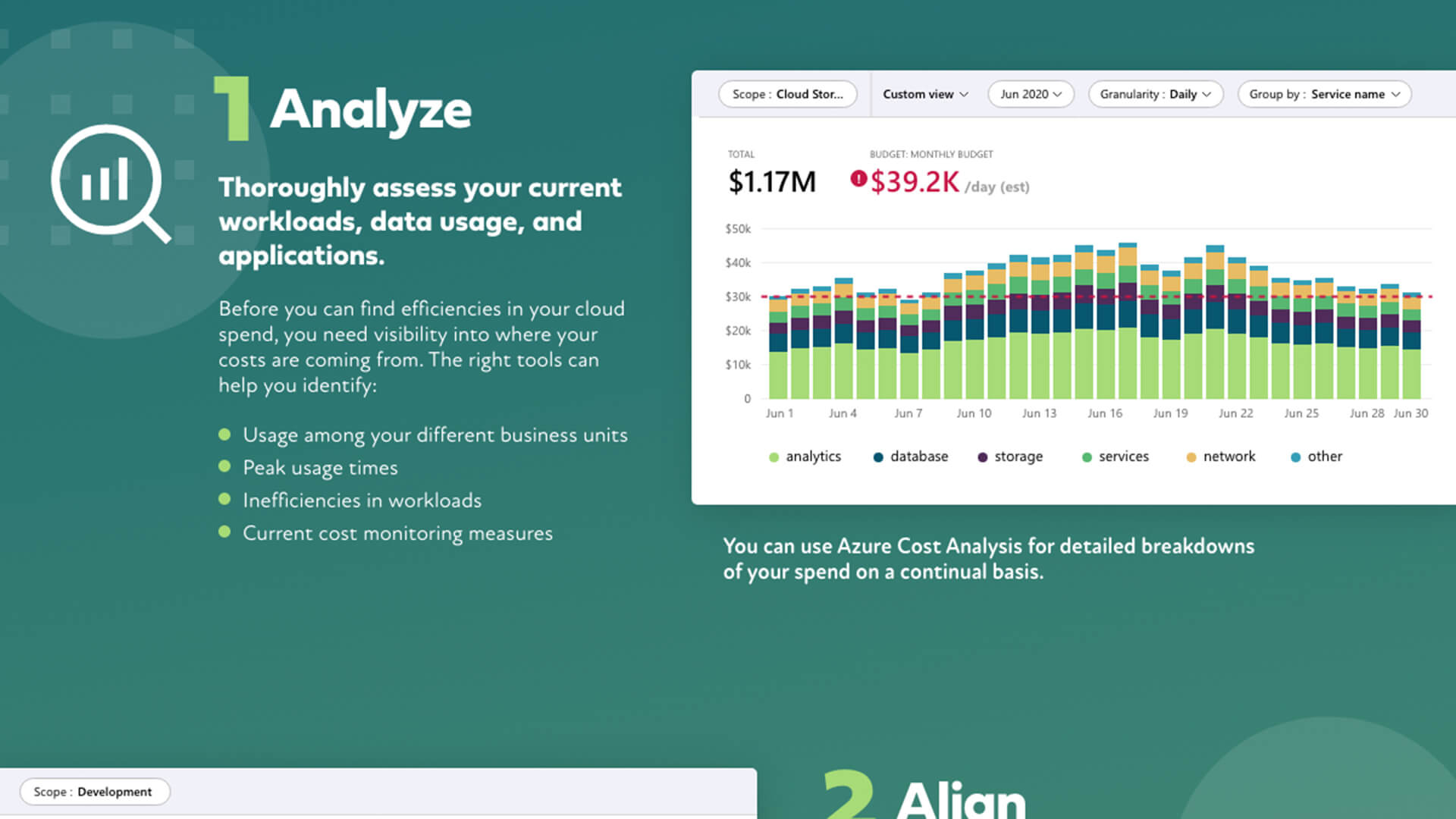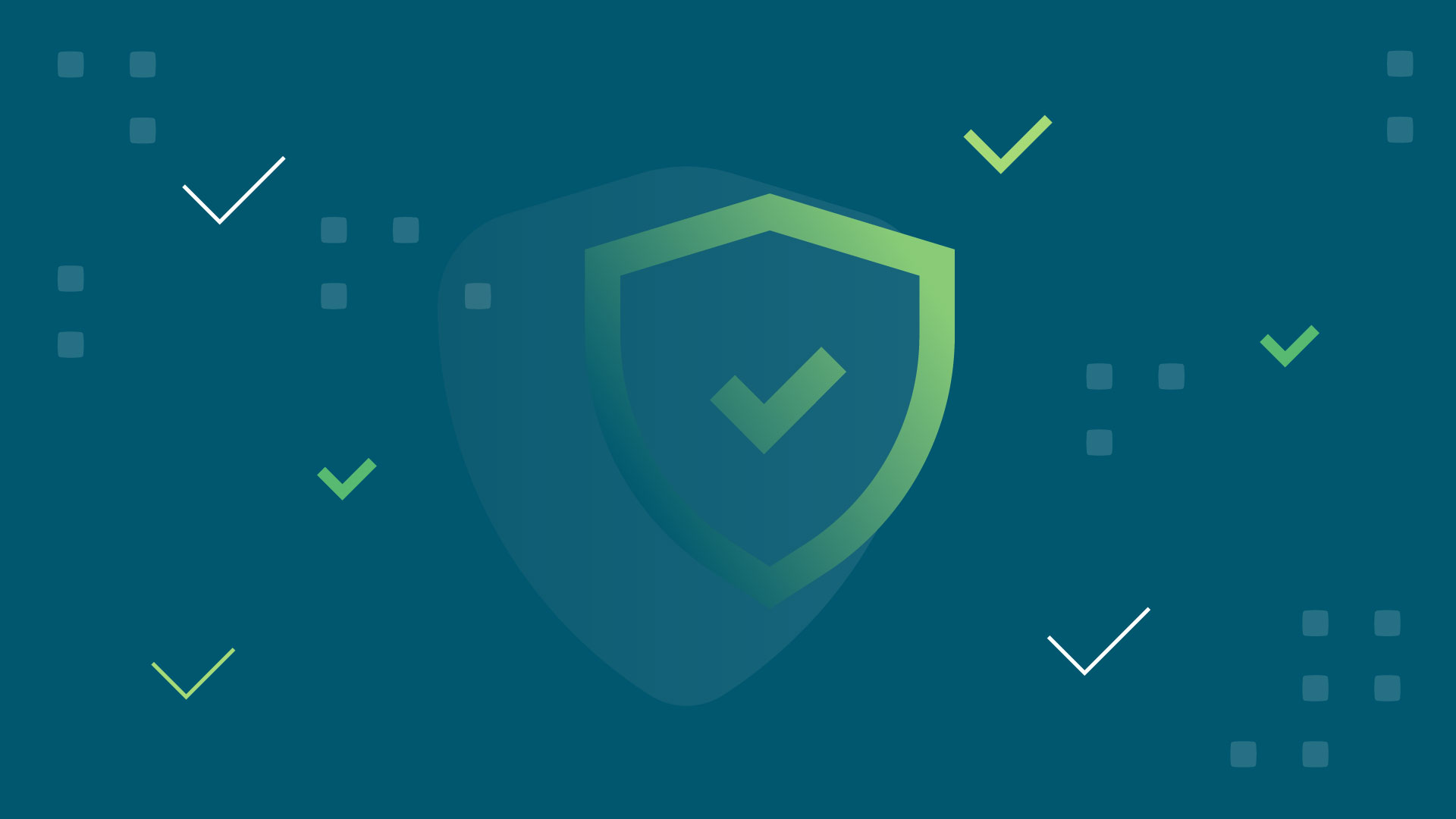When the public cloud first arrived on the scene, it wasn’t uncommon for enterprises to be hesitant about making the adoption.
The reason? A lack of confidence in the ability to keep data, applications, and workloads secure in an environment off premises.
That was then, though, and as adoption of the cloud has steadily increased, it’s now widely recognized that the major cloud providers have invested billions to ensure the security of their platforms.
Take Microsoft, for example. Azure has a suite of native and compatible tools available to strengthen an organization’s security posture—not just during adoption, but on an ongoing basis.
These tools can be used to address the six areas every organization should focus on to ensure their environments are secure:
- Supporting hybrid work
- Diversifying endpoints accessing a network
- Keeping security controls updated
- Implementing threat detection measures
- Mitigating risks from vulnerabilities
- Preventing lateral movements within a network
Let’s dive into the Azure security tools available for customers, beginning with Microsoft
Defender for Cloud. Formerly two separate tools—Azure Security Center and Azure Defender—
Microsoft Defender for Cloud is a unified platform providing you with detailed insights into the security of your resources within Azure.
It also monitors your workloads in order to detect potential security threats, generate alerts as needed, and regularly check all the machines connected to your Azure environment. If a machine doesn’t have security tools installed, Microsoft Defender for Cloud fires off an alert with recommendations to remedy the situation.
Next up is Azure Firewall, a cloud-native network security service that is fully stateful and provides both east-west and north-south traffic inspection. Azure Firewall has two SKUs (Standard and Premium), and includes L3-L7 filtering and threat intelligence feeds from Microsoft Cyber Security.
Microsoft Sentinel (formerly Azure Sentinel) is Azure’s robust and scalable tool for security information and event management (SIEM) and security orchestration, automation, and response (SOAR). With it, you can utilize one solution for an array of security measures, from attack detection and threat visibility to proactive hunting and threat response.
Finally, there is Azure Web Application Firewall, which makes it possible to protect your web applications from common exploits and vulnerabilities via a centralized source. It can be deployed either on Azure Application Gateway or the Azure Front Door Service.
Getting started with Azure security tools
While each of the above tools are designed to be accessible to Azure customers, implementing them can be both time and resource-intensive.
That’s why we offer the Azure Security Quickstart, a one-stop solution for increasing your security posture in Azure in just five business days.
The quickstart includes a full environment review, architecture assessment, governance implementation, and compliance determination. Combined, these steps will greatly increase the security of your environments now and into the future.
The quickstart will also instill security best practices for your organization and reduce the time and expense of your next security and governance audits.
You can learn more about our Azure Security Quickstart package offering here.
Categories
- Cloud Migration and Adoption
- Enterprise IT and Infrastructure
- Artificial Intelligence and Machine Learning
- Data Management and Analytics
- DevOps and Automation
- Cybersecurity and Compliance
- Application Modernization and Optimization
- Featured
- Managed Services & Cloud Cost Optimization
- News
- Workplace Modernization
- Tech We Like
- AWS
- Social Good News
- Cost Optimization
- Hybrid Cloud Strategy
- NVIDIA
- Application Development
- GPU




